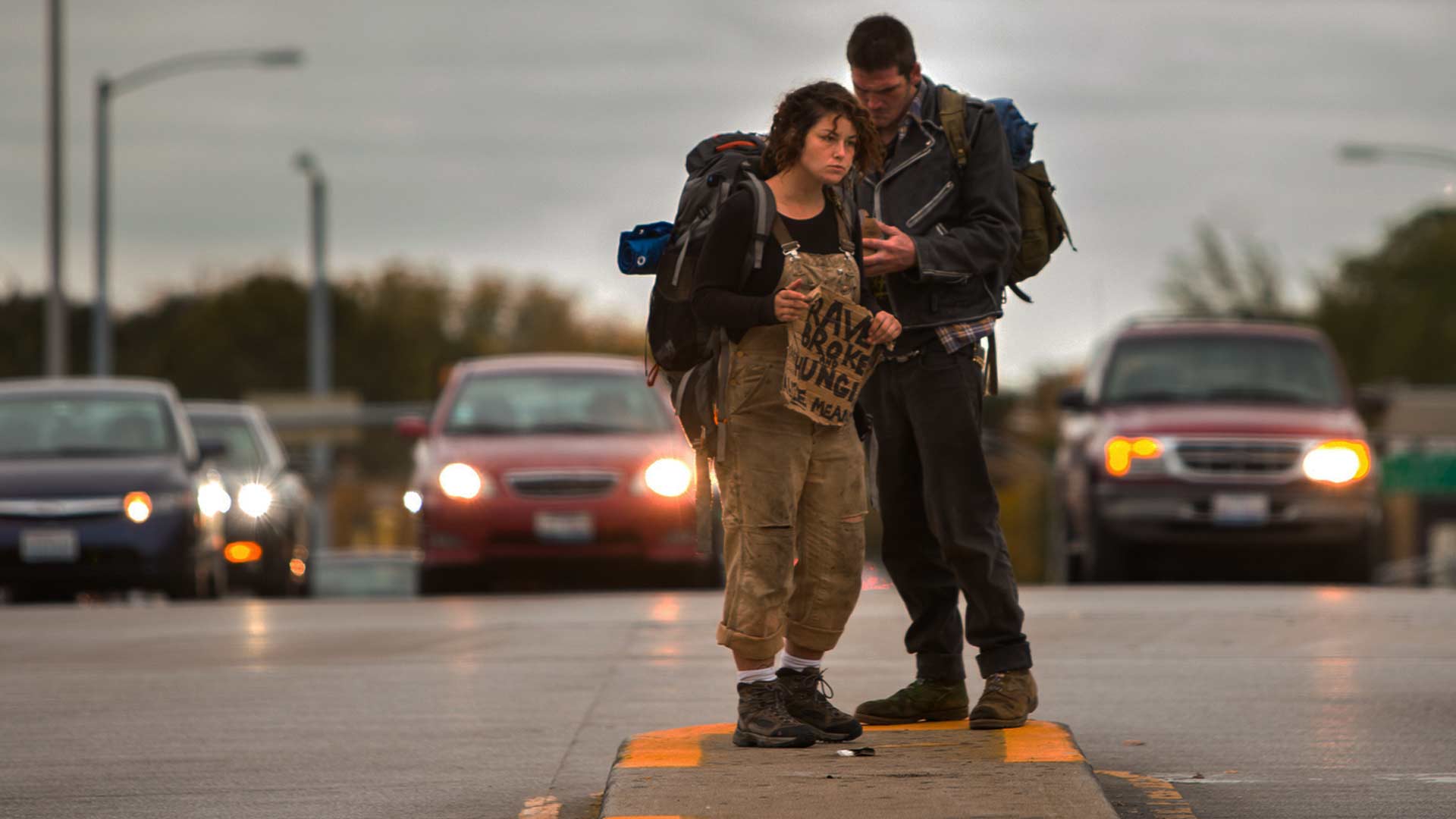
The increase in homelessness in Anchorage and the corona virus pandemic have sparked two crises that, paradoxically, have also produced unprecedented offers of government and private funds to address the homeless problem. That’s the good news. The bad news is that inept planning, poor preparation for execution, and the exacerbation of the conflict between the community and the homeless may yet lead to a fiasco.
I began my work for the homeless in the 1970’s, making sandwiches at Holy Family Cathedral for the homeless in downtown Anchorage. I was fortunate to be able to work with the late Archbishop Francis Hurley and many others to open three homeless shelters in Anchorage – Brother Francis Shelter, Clare House, and Covenant House Alaska. Many others subsequently joined in the effort, including the municipality.
…complaints about the behavior of the alcohol-addicted homeless are legitimate.
Despite more and better services in the community, the homeless problem is greater than ever. The same old conflicts fester and break into the open as shown by the recent Assembly hearings on the proposed purchase of four area properties.
There are important truths that need to be remembered for this ambitious initiative to succeed. First and foremost is that the Anchorage community has been very generous and supportive of efforts to help the most difficult of the homeless population – those severely addicted to alcohol. From the Anchorage Rescue Mission, as the first, to the Brother Francis Shelter and many others, the help available has been remarkable. There are exceptions, but they are in the minority. The Anchorage community needs a pat on the back.
The mayor’s plan to buy properties first and figure out how they will be used is backward
Second, complaints about the behavior of the alcohol-addicted homeless are legitimate. Some, who are sympathetic to their plight, often seem to absolve them of any responsibility for interfering with the community, neighborhoods and generally all public spaces. While addiction certainly impacts culpability, it does not eliminate adherence to simple rules of decent behavior to ensure respect for others and the community as a whole. All shelters and service facilities have rules of behavior that are enforced. It must be the same for the community.
For this initiative to have a chance, the Municipality needs to proactively engage the affected neighbors on a one-by-one basis and in groups, not just at public hearings. When Covenant House was building a large youth engagement center downtown, a very active engagement happened, and neighborhood suggestions were adopted. This continues on an ongoing basis. Such relationships are essential. Shortcutting the usual process in the current situation has predictably provoked strong opposition.
ALASKA WATCHMAN DIRECT TO YOUR INBOX
The mayor’s plan to buy properties first and figure out how they will be used is backward. We have providers in this cause who have great experience in the efforts to help the addicted. There have been plans, studies and initiative over the years. There are successful models around the country to copy. Karluk Manor is an example. Services that need to be provided should be detailed and publicly known, and this should include a decent estimate of potential results. None of this has been presented, resulting in predictable opposition and skepticism that the project is well thought out.
The municipality needs to integrate these specific projects with other plans such as the Home for Good initiative described in the ADN on March 15 in a column written by officials of eight prominent businesses and non-profits. The housing provided by Homes for Good is subject to an approach called Paid for Success, which requires accountability and objective measures of success.
The municipality needs to change its approach. The opportunity is too good to miss.
Non-profits, generally, are now required to show donors the actual effects of their programs. It is called “efforts to outcomes.” Will the yet-to-be-designed projects be subject to the same or similar criteria? Currently, it appears that only capital expenditures are on the table. What are the projected operating expenses, and who is expected to pay them?
As every provider knows, gaining support for aid to the homeless and reducing opposition is extraordinarily difficult. Efforts need to be constant, transparent and comprehensive. Expanded services are desperately needed for the chronic homeless. The municipality needs to change its approach. The opportunity is too good to miss.
The writer is a retired attorney who practiced law in Anchorage for 46 years.
The views expressed here do not necessarily express those of the Alaska Watchman.
Click here to donate to the Alaska Watchman.







